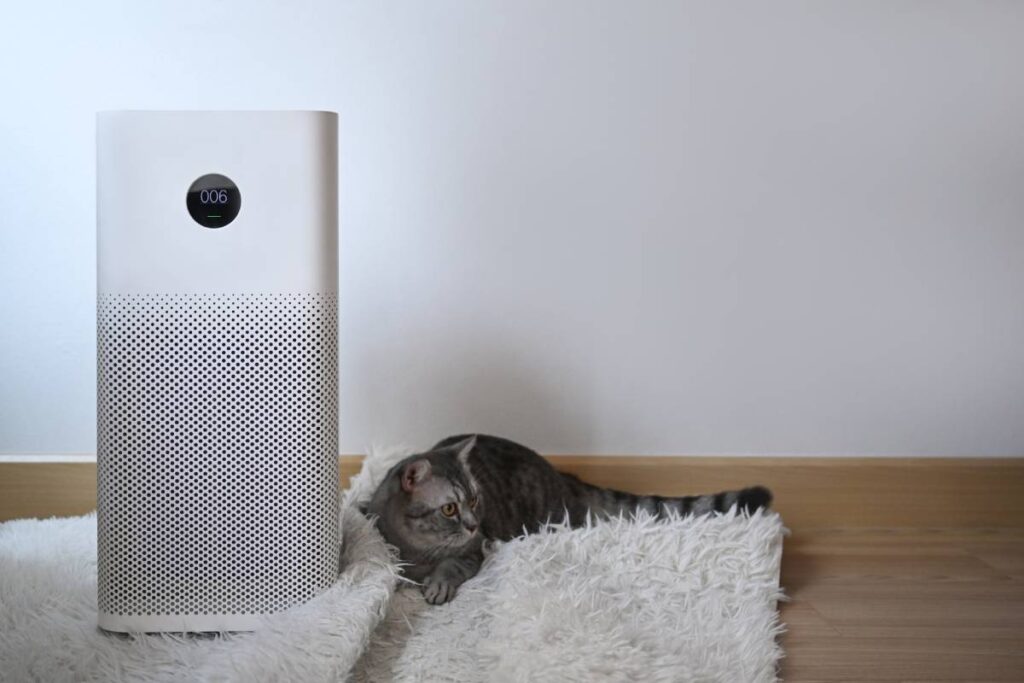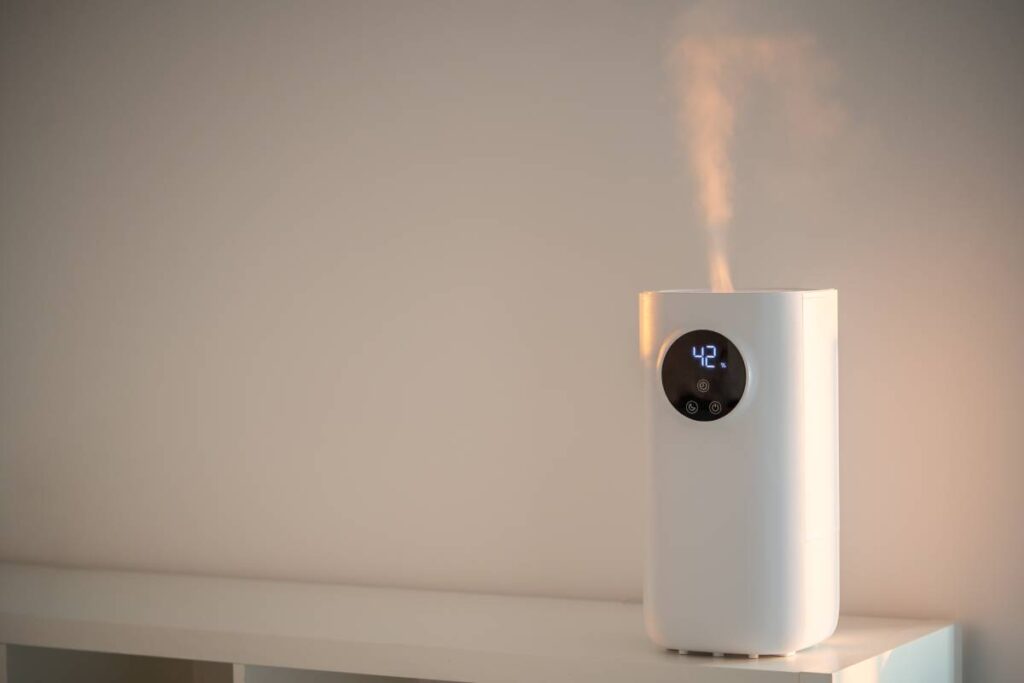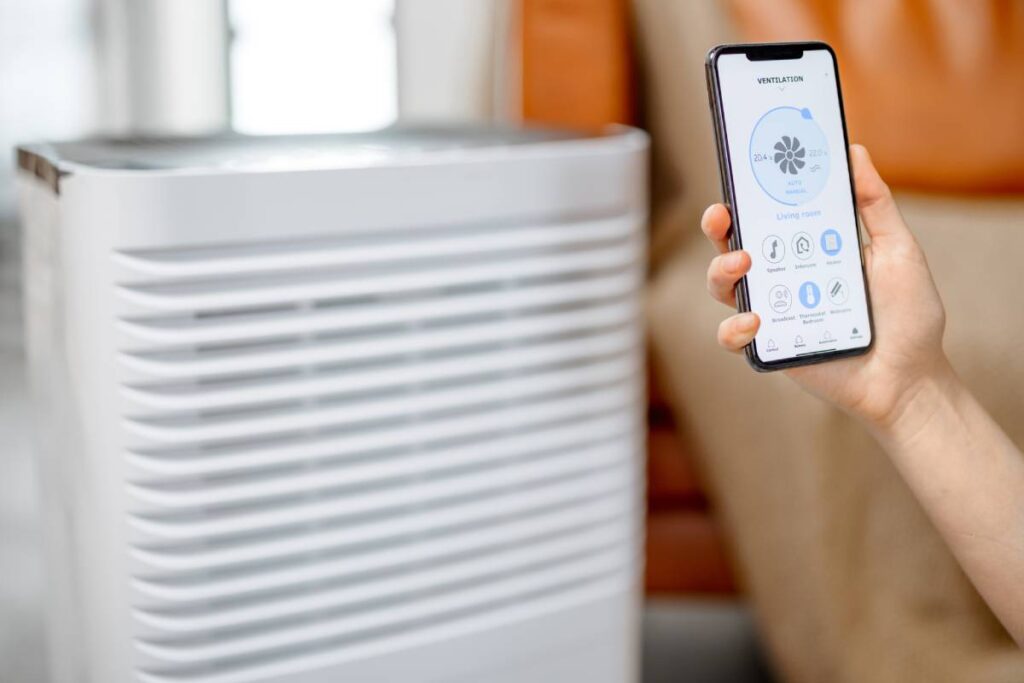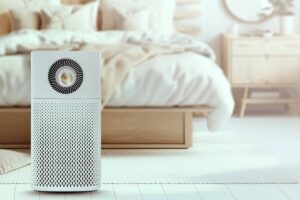In today’s world, where indoor air quality is increasingly recognized as crucial to our health and well-being, the role of air purifiers has become more prominent. From battling allergies to tackling radon and cigarette toxins, these devices offer a powerful tool in creating cleaner and healthier indoor environments.
In this article, we will explore how air purifiers can address three common indoor air quality concerns: allergies, radon exposure, and cigarette toxins. By understanding the mechanisms behind air purification and the specific challenges posed by each of these pollutants, we can better appreciate the effectiveness of air purifiers in promoting respiratory health and enhancing overall quality of life.
Can air purifiers help with allergies?
What are allergies?
Allergies occur when our immune system reacts to substances (allergens) that are typically harmless to most people. Common allergens include pollen, dust mites, pet dander, mould spores, and even some indoor pollutants like smoke or volatile organic compounds (VOCs).

Now, how do air purifiers come into play?
Air purifiers are devices designed to clean the air by trapping and removing various airborne particles and pollutants. They work by pulling air through a series of filters, which capture particles of different sizes depending on the type of filter used.
Here’s how air purifiers can help alleviate allergies:
- Removal of Allergens: Air purifiers can effectively capture allergens like pollen, dust mites, pet dander, and mold spores, preventing them from circulating in the air and triggering allergic reactions.
- Improved Air Quality: By removing allergens and other pollutants from the air, air purifiers can significantly improve indoor air quality. This cleaner air can reduce the frequency and severity of allergy symptoms for allergy sufferers.
- Reduced Exposure: Air purifiers help minimize your exposure to allergens, especially when spending extended periods indoors. This is particularly beneficial during peak allergy seasons or in environments where allergen levels are high.
- Symptom Relief: For individuals with allergies, using an air purifier can provide relief from common allergy symptoms such as sneezing, coughing, wheezing, nasal congestion, and itchy eyes by reducing the presence of allergens in the air.
- Prevention of Asthma Attacks: Some allergens, such as dust mites and pet dander, can trigger asthma symptoms in susceptible individuals. By removing these allergens from the air, air purifiers can help prevent asthma attacks and improve respiratory health.
- Customization: Air purifiers come in various types and sizes, with different features and filtration technologies. This allows users to choose the most suitable air purifier based on their specific allergy triggers and indoor environment.
- Continuous Filtration: Unlike manual cleaning methods like dusting or vacuuming, air purifiers provide continuous filtration, ensuring that allergens are consistently removed from the air without requiring constant effort from the user.
However, it’s essential to note that while air purifiers can be beneficial for allergy relief, they are not a cure-all solution. Other measures such as regular cleaning, maintaining low humidity levels, and minimizing exposure to specific allergens are also important for managing allergies effectively
Can air purifiers help with radon?
What is radon?
Radon is a colourless, odourless, and tasteless radioactive gas that naturally occurs in the environment, typically found in soil, rock, and water. It is produced from the decay of uranium present in these materials.

Now, can air purifiers help with radon?
While air purifiers are effective at removing many airborne pollutants and particles, they are generally not designed to specifically target radon gas. Radon is a gas, which means it can easily move through the air and may not be effectively captured by standard air purifier filters.
However, there are certain types of air purifiers that can indirectly help reduce radon levels in indoor environments:
- HEPA Filtration: High-Efficiency Particulate Air (HEPA) filters, commonly used in air purifiers, can capture small particles suspended in the air, including radon decay products (radon progeny) that may attach to dust or other airborne particles. While HEPA filters won’t directly remove radon gas, they can help reduce the concentration of radon progeny, which contributes to overall radon exposure.
- Ventilation: Some air purifiers are equipped with ventilation systems that help exchange indoor air with outdoor air. Increasing ventilation can help dilute indoor radon levels by bringing in fresh outdoor air, which typically contains lower concentrations of radon. However, this method may not be sufficient on its own to effectively mitigate radon levels, especially in areas with high radon concentrations.
- Activated Carbon Filtration: Activated carbon filters, often used in combination with HEPA filters, can help adsorb certain gases and volatile organic compounds (VOCs), including some components of radon decay products. While activated carbon filters may not capture radon gas itself, they can help reduce the overall indoor air pollution load, which can indirectly contribute to lower radon levels.
- Radon Mitigation Systems: For significant radon mitigation, specialized radon mitigation systems are typically recommended. These systems often involve installing ventilation systems, sealing cracks and openings in the foundation, and sometimes even installing a radon mitigation fan to actively draw radon from beneath the building and vent it outdoors. While not air purifiers in the traditional sense, these systems are highly effective at reducing indoor radon levels.
In summary, while standard air purifiers may not directly remove radon gas, certain features like HEPA filtration, activated carbon filtration, and ventilation can help indirectly reduce radon levels by capturing radon progeny or diluting indoor air.
However, for comprehensive radon mitigation, specialized radon mitigation systems are typically required. It’s essential to assess radon levels in your indoor environment and consult with radon mitigation professionals to determine the most effective solution for your specific situation.
Can air purifiers help with cigarette toxins?
What are cigarette toxins?
Cigarette smoke contains a myriad of harmful substances, including but not limited to tar, nicotine, carbon monoxide, formaldehyde, benzene, and various carcinogens. These toxins can linger in the air long after smoking has ceased, posing health risks to both smokers and non-smokers through secondhand smoke exposure.

Now, can air purifiers help with cigarette toxins?
Yes, air purifiers can be highly effective in reducing the concentration of cigarette toxins in indoor environments. Here’s how they work:
- Particle Filtration: Cigarette smoke consists of tiny particles suspended in the air, including particulate matter, tar, and other pollutants. Air purifiers equipped with High-Efficiency Particulate Air (HEPA) filters are designed to capture particles as small as 0.3 microns with high efficiency. By continuously circulating the air and trapping these particles, HEPA filters effectively reduce the presence of cigarette smoke particles in the indoor environment.
- Odour Reduction: Cigarette smoke produces strong and persistent odours that can be unpleasant and difficult to eliminate. Many air purifiers feature activated carbon filters, which are highly effective at adsorbing odorous molecules. Activated carbon has a porous structure that attracts and traps volatile organic compounds (VOCs), including those responsible for cigarette smoke odour. This helps neutralize the smell of smoke, leaving the air fresher and more breathable.
- Chemical Filtration: In addition to particles and odours, cigarette smoke contains various harmful chemicals and toxins. Some air purifiers are equipped with specialized filters designed to target specific airborne pollutants, such as formaldehyde, benzene, and other volatile organic compounds present in cigarette smoke. These filters, often referred to as chemical or VOC filters, help further reduce the overall toxicity of indoor air.
- Continuous Purification: Air purifiers operate continuously, providing ongoing filtration of the air in the room. This means that even if smoking occurs intermittently, the air purifier will continue to work to remove cigarette toxins and maintain a cleaner indoor environment. This is particularly beneficial for spaces where smoking may occur occasionally or for short periods.
- Health Benefits: By reducing exposure to cigarette toxins, air purifiers can help improve indoor air quality and protect the health of occupants, especially non-smokers who may be particularly vulnerable to the effects of secondhand smoke. This can lead to fewer respiratory symptoms, reduced risk of developing smoking-related illnesses, and overall better respiratory health for everyone in the household or indoor space.
Air purifiers are highly effective tools for combating cigarette toxins in indoor environments. By utilizing particle filtration, odour reduction, chemical filtration, and continuous purification, air purifiers can significantly reduce the concentration of harmful substances present in cigarette smoke, improving indoor air quality and promoting better respiratory health for occupants. Whether used in homes, offices, or other indoor spaces, air purifiers provide a valuable defence against the health risks associated with cigarette smoke exposure.
Final thought
Now that we’ve explored the myriad ways in which air purifiers can effectively tackle common indoor air quality concerns such as allergies, radon exposure, and cigarette toxins, the question arises: why don’t you have one yet? With their ability to capture pollutants, neutralize odours, and provide continuous purification, air purifiers offer a simple yet powerful solution to creating cleaner and healthier indoor environments.
Whether you’re seeking relief from allergy symptoms, safeguarding against the dangers of radon gas, or striving to eliminate cigarette toxins from your home or workspace, an air purifier stands ready to meet the challenge. Investing in an air purifier is not just a step towards better indoor air quality—it’s an investment in your health, comfort, and peace of mind.
So, why wait any longer? Give them a chance, and you’ll see how the air can be more cleaner than it is now!








